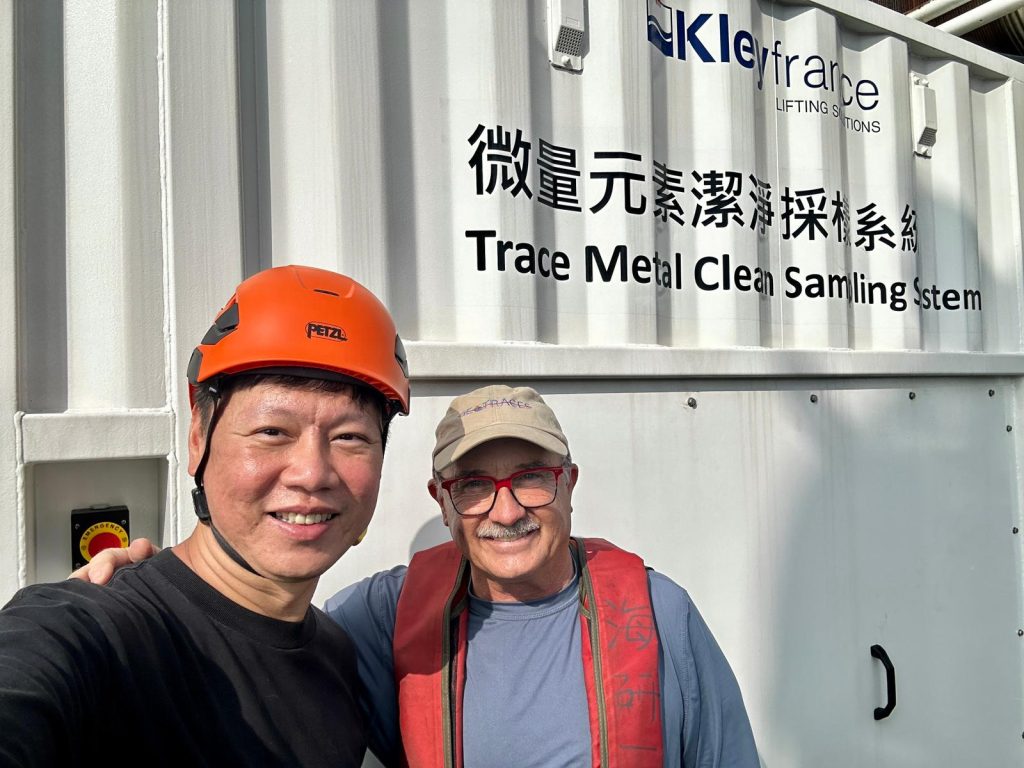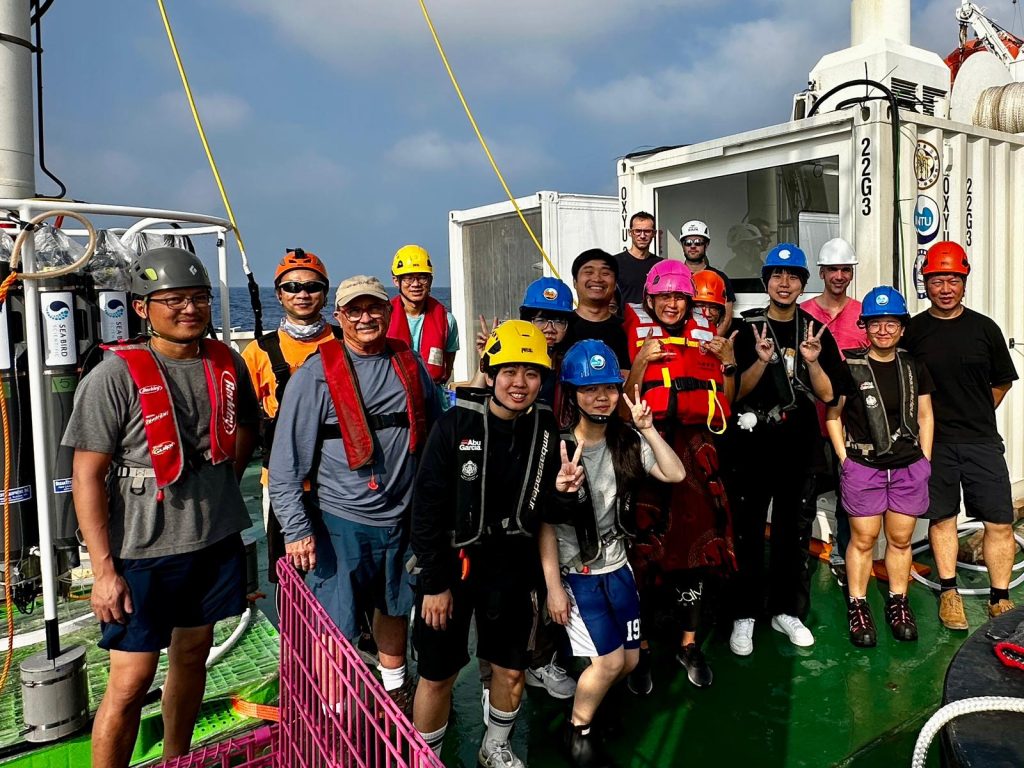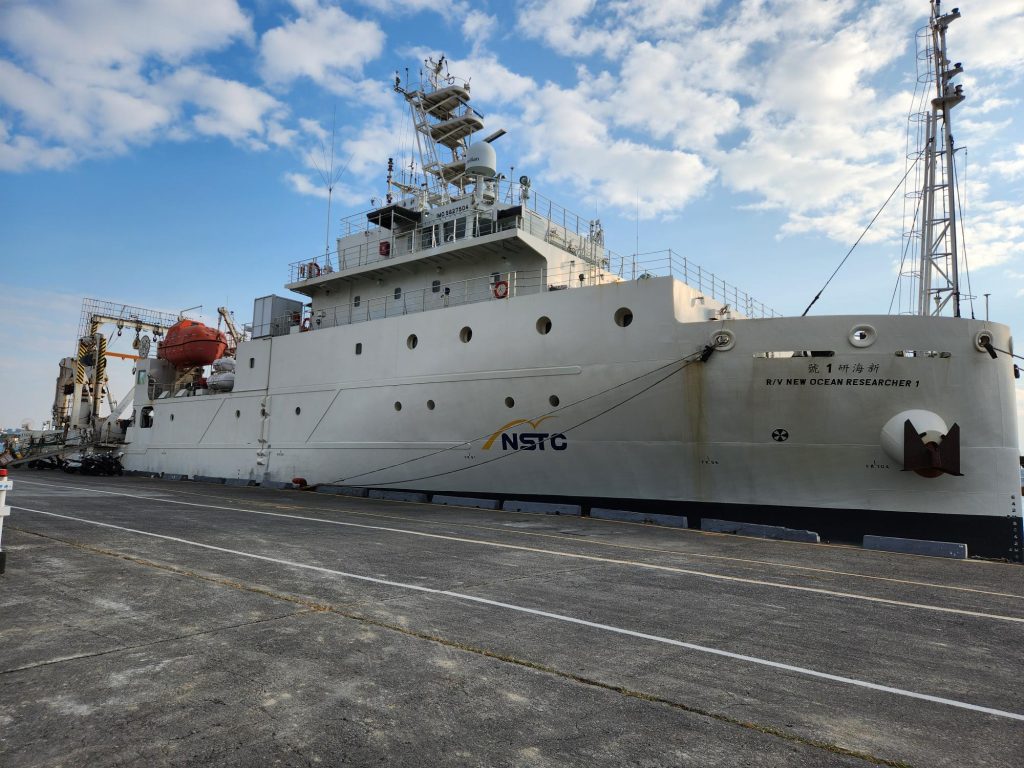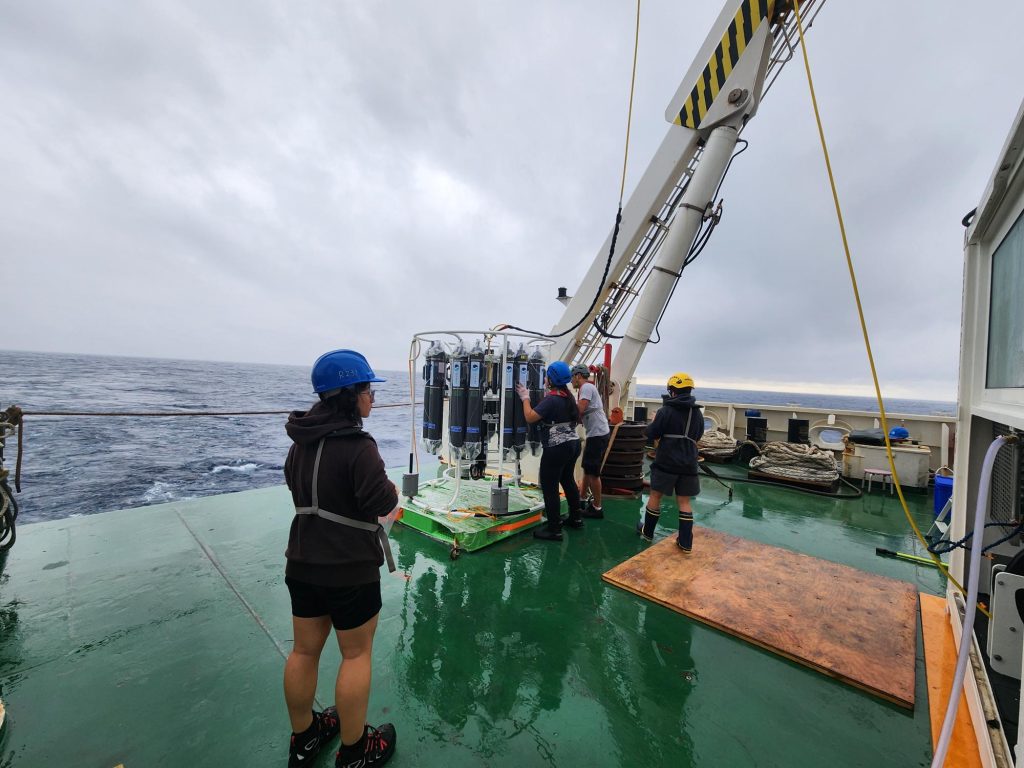GEOTRACES: helping to build trace element and isotope measurement capacity around the world
It is a goal of International GEOTRACES Programme that every nation carrying out ocean research would have the capability to measure trace elements and isotopes (TEIs) and have access to trace metal-clean sampling systems.
Since the 2008-2009 GEOTRACES Intercalibration Cruises that were led by Greg Cutter (Old Dominion University, USA), Ken Bruland (University of California, Santa Cruz, USA) and Rob Sherrell (Rutgers University, USA), the GEOTRACES Standards and Intercalibration Committee (currently co-chaired by Ana Aguilar-Islas, University of Alaska Fairbanks, USA and Hélène Planquette, Université de Bretagne Occidentale, France) focused on developing protocols and sampling systems that could be used worldwide to get clean and representative water and particle samples as quickly as possible to increase spatial coverage. This early work culminated in the GEOTRACES “cookbook” that presents these methods for use by any lab that has the proper sampling devices and research vessels capable of supporting them.
The cookbook has helped GEOTRACES build TEI measurement capacity around the world but in person training like the GEOTRACES Summer Schools or direct consulting on setting up things such as sampling systems are also essential capacity-building.
Since the start of the programme, experienced GEOTRACES researchers such as Greg Cutter have been sharing their knowledge with many colleagues and nations. Cutter’s latest trip was to Taiwan in December 2023 where he worked with Alan Hsieh, Assistant Professor at the Institute of Oceanography, National Taiwan University, to test out his new trace metal-clean sampling rosette coupled to a new Kley France winch housed in a 20’ container with 8000m of Vectran conducting cable, and a 20’ clean lab container for processing the samples. The actual test cruise used National Taiwan University’s Research Vessel New Ocean Researcher 1 that left the port city of Kaohsiung and spent a three-day cruise in the Taiwan Strait. After the usual “hiccups” with a complex sampling regime, the rosette and instruments, and sampling system and procedures were well-tested. Chemical analyses in Alan’s and other investigator’s labs will quantify the final results on how the sampling system and personnel worked. In particular, were the samples contaminated and how well did the system sample the Taiwan Strait’s hydrography via comparisons between the hydrographic nutrients and salinity from the ship’s conventional CTD/rosette and Alans’ new trace element-clean system.




